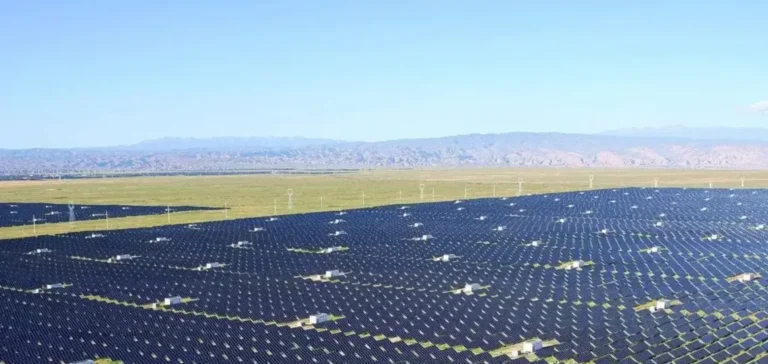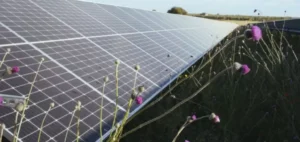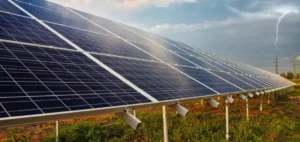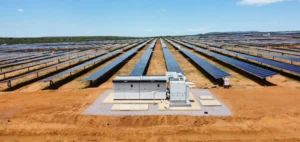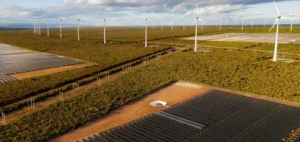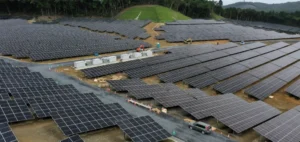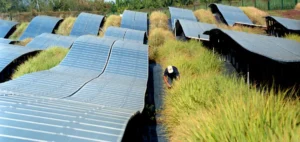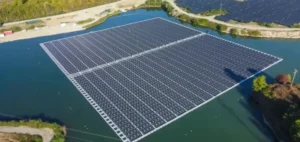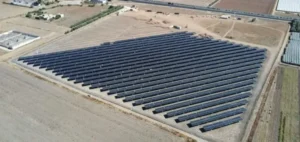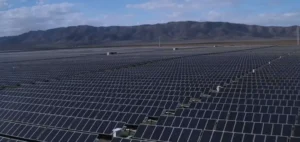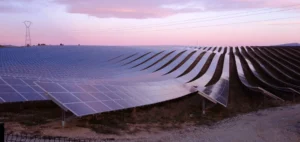With the full grid connection of several solar power plants, including the 300 MW Huadian Kashgar Jiashi photovoltaic station, the Kashgar region has surpassed 10.242 GW of installed solar capacity, according to a statement released on June 11. This capacity accounts for 75.7% of the region’s total electricity generation, marking the completion of Xinjiang’s first photovoltaic base exceeding 10 GW.
Installed capacity driven by geographic conditions
Located on the western edge of the Taklamakan Desert, Kashgar benefits from more than 2,800 hours of annual sunshine and vast arid land, providing favourable conditions for large-scale solar park deployment. The region’s exploitable photovoltaic potential is estimated at 200 GW, with 22.24 GW already approved by the authorities. These projects are aligned with China’s national dual carbon neutrality strategy and the renewable energy expansion plan of the Xinjiang Uyghur Autonomous Region.
Development follows a tiered structure, with gigawatt-scale projects at the county level and ten-gigawatt-scale projects at the prefecture level. In 2024, 14.6 GW of projects were registered and are currently under implementation, according to data shared by State Grid Kashgar Power Supply Company.
Grid reinforcement and integration of intermittent capacity
To cope with growing grid pressure due to solar intermittency, Kashgar has invested CNY7.8bn ($1.07bn) in strengthening its high-voltage power infrastructure. The 750 kV double-ring grid enhancement project will add 5 GW of transmission capacity once completed. A smart digital management platform has also been deployed, combining photovoltaic production, storage, and industrial usage to improve real-time supply-demand matching.
The integration strategy also relies on hybrid energy systems: a 200 MW standalone energy storage system has been operational since 2024, and construction is ongoing for a 1.4 GW pumped storage power station in Tashkurgan. These facilities increase grid regulation capacity by 30%.
Industrialisation and regional economic outlook
Targeted initiatives backed by public and private funding focus on six areas, including desert-control photovoltaic projects, border microgrids, and integration of energy-intensive industrial sectors. The goal is to transform the region’s natural advantages into economic drivers through industries such as metallurgy and green hydrogen.
The region is also equipped with an online monitoring system powered by artificial intelligence, managing the balance between solar production, storage, and fault response. The pilot model of “generation above panels and sand fixation below” demonstrates a new land use concept combining energy and agricultural functions.
Kashgar’s transformation into a transboundary solar energy hub contributes to the development of an energy corridor under the Belt and Road Initiative.


